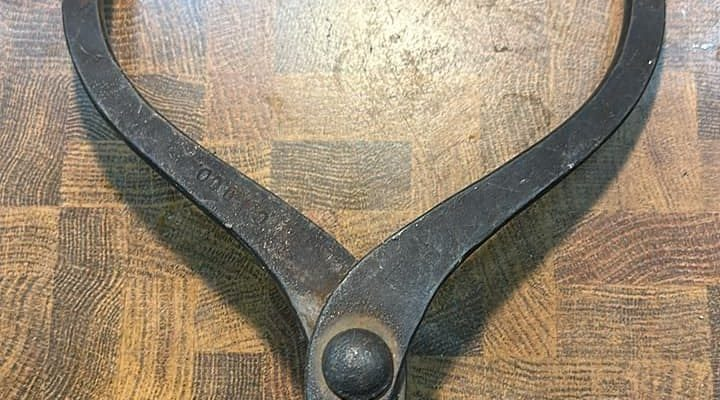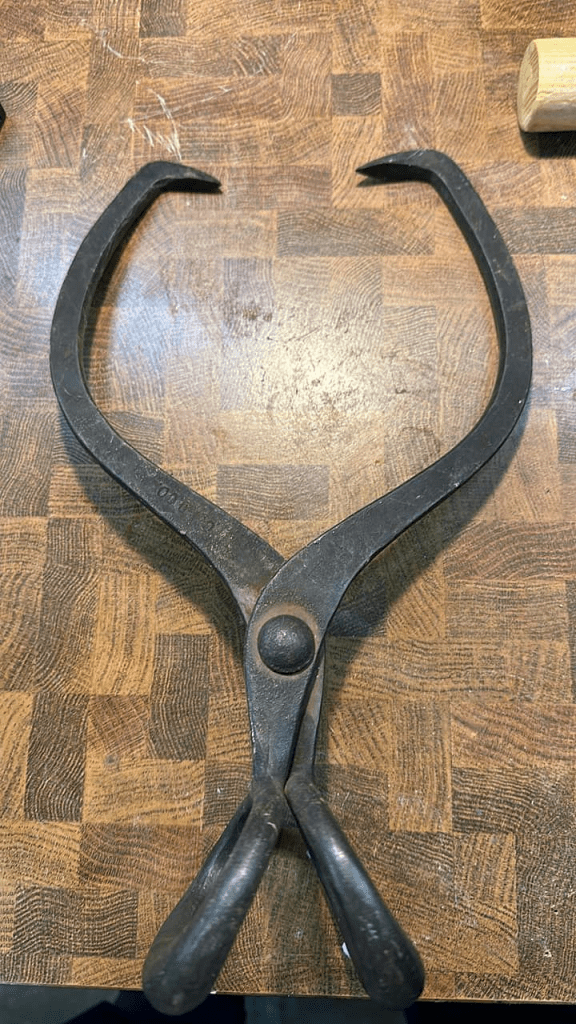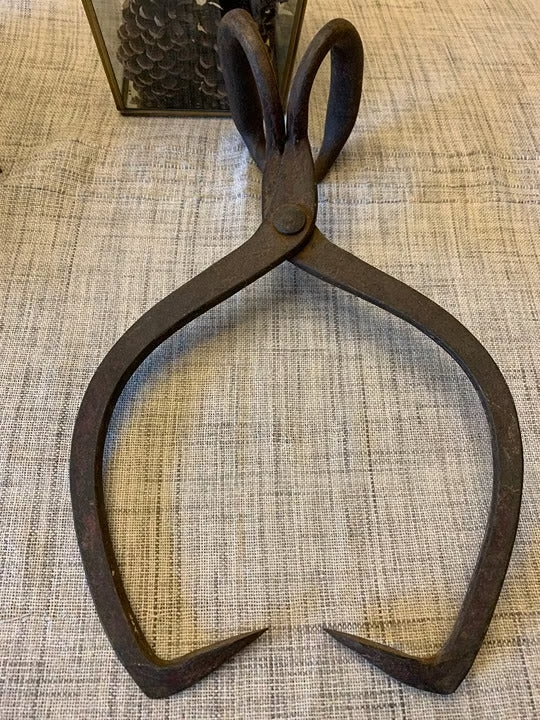
In the attic of a nearly century-old home, buried under layers of dust and forgotten belongings, a relic of the past sat in quiet solitude. It was a heavy wooden box—solid, worn, yet still standing strong against the test of time. This was no ordinary piece of furniture; it was an icebox, a symbol of an era when keeping food fresh required effort, patience, and the steady rhythm of ice deliveries.
The new owner of the house, the great-grandchild of the original builder, found herself captivated by this object. As she brushed away the dust and opened the heavy lid, she wasn’t just looking at an old appliance—she was stepping into the past.

A Glimpse Into a Time Before Refrigerators
Before the hum of modern refrigerators filled every kitchen, iceboxes were essential. In the early 1900s, they were the lifeline of food preservation. Families relied on ice deliveries, often brought by men with strong backs who hauled massive blocks of ice from wagons into homes. These blocks would be placed inside the icebox, keeping milk, meat, and produce from spoiling too quickly.
The system was simple but effective. The ice would slowly melt, draining through a small pipe or pan that needed to be emptied regularly. Compared to today’s effortless refrigeration, it was an entirely different world—one where daily life required planning, diligence, and a bit of manual labor.
Ice Delivery: A Forgotten Profession
The discovery of the icebox brought back memories of a profession now long extinct—the iceman. These hardworking men played a crucial role in everyday life, carrying large ice blocks with metal tongs and delivering them to homes, restaurants, and even small shops.
Many families would put signs in their windows indicating how many pounds of ice they needed that day. The iceman would chop and deliver the right amount, often making several stops in a neighborhood before moving on to the next town.
It was a system that worked, but it was also demanding. People had to plan their meals around how long the ice would last. The hotter the weather, the quicker it melted, making ice deliveries more frequent during summer months.

The Icebox: A Symbol of Simplicity and Resilience
Unlike today’s stainless-steel refrigerators with ice dispensers and digital controls, the icebox was purely mechanical. It didn’t require electricity—just a steady supply of ice and careful maintenance.
For families, the icebox wasn’t just a household appliance; it was a testament to resilience. It reflected the way people adapted to their environment, relying on ingenuity and physical effort to store food and prevent waste.
There was no instant gratification, no quick-fix cooling systems—just a wooden box, a block of ice, and a process that required patience and planning.
The new owner of the house, the great-grandchild of the original builder, found herself captivated by this object. As she brushed away the dust and opened the heavy lid, she wasn’t just looking at an old appliance—she was stepping into the past.

A Glimpse Into a Time Before Refrigerators
Before the hum of modern refrigerators filled every kitchen, iceboxes were essential. In the early 1900s, they were the lifeline of food preservation. Families relied on ice deliveries, often brought by men with strong backs who hauled massive blocks of ice from wagons into homes. These blocks would be placed inside the icebox, keeping milk, meat, and produce from spoiling too quickly.
The system was simple but effective. The ice would slowly melt, draining through a small pipe or pan that needed to be emptied regularly. Compared to today’s effortless refrigeration, it was an entirely different world—one where daily life required planning, diligence, and a bit of manual labor.
Ice Delivery: A Forgotten Profession
The discovery of the icebox brought back memories of a profession now long extinct—the iceman. These hardworking men played a crucial role in everyday life, carrying large ice blocks with metal tongs and delivering them to homes, restaurants, and even small shops.
Many families would put signs in their windows indicating how many pounds of ice they needed that day. The iceman would chop and deliver the right amount, often making several stops in a neighborhood before moving on to the next town.
It was a system that worked, but it was also demanding. People had to plan their meals around how long the ice would last. The hotter the weather, the quicker it melted, making ice deliveries more frequent during summer months.

The Icebox: A Symbol of Simplicity and Resilience
Unlike today’s stainless-steel refrigerators with ice dispensers and digital controls, the icebox was purely mechanical. It didn’t require electricity—just a steady supply of ice and careful maintenance.
For families, the icebox wasn’t just a household appliance; it was a testament to resilience. It reflected the way people adapted to their environment, relying on ingenuity and physical effort to store food and prevent waste.
There was no instant gratification, no quick-fix cooling systems—just a wooden box, a block of ice, and a process that required patience and planning.





